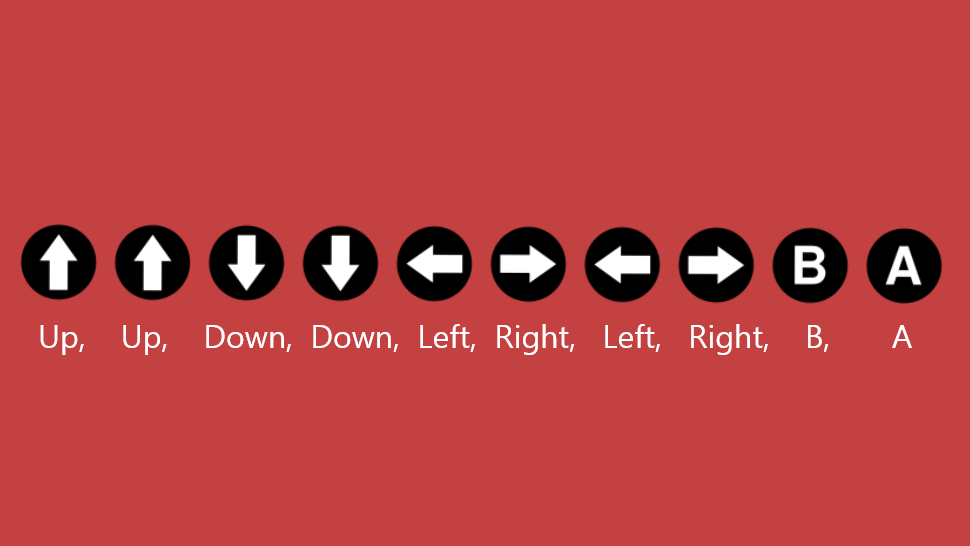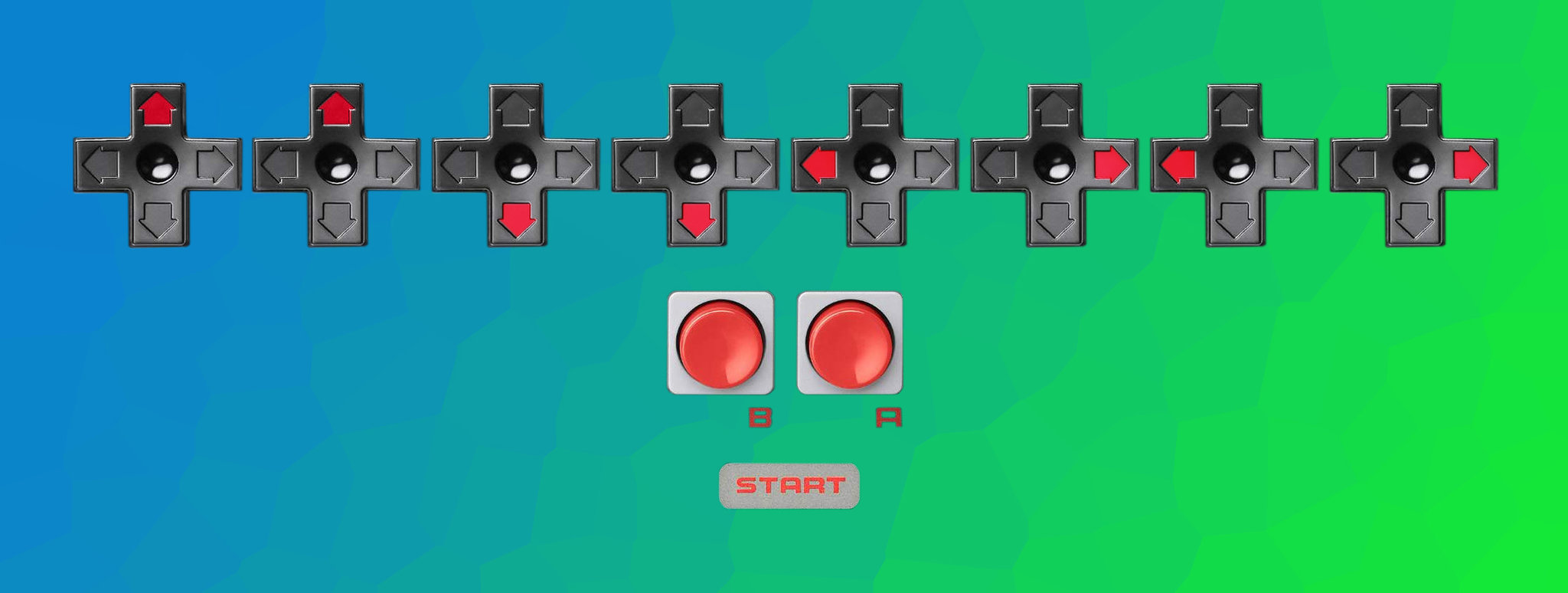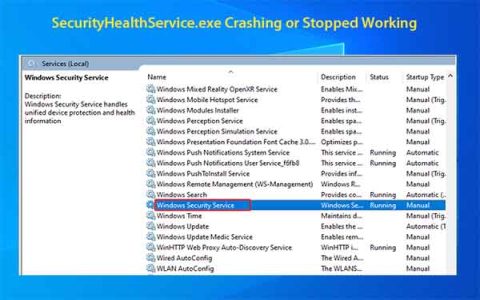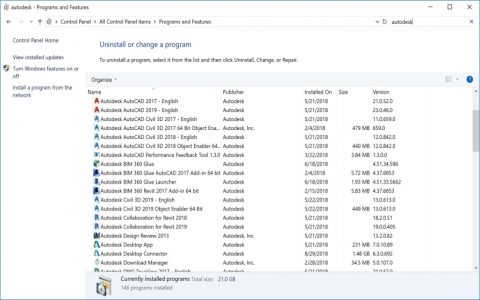The Konami Code (Up, Up, Down, Down, Left, Right, Left, Right, B, A, Start) became gaming's most famous cheat code due to a combination of influential implementation, widespread adoption, and cultural permeation.
Origins and Core Implementation
First appearing in the Japanese port of Gradius (1986) for the NES (as Scramble in Japan), the code granted the player a full complement of power-ups. Its true fame came with its use in Contra (1988) for the NES, where it granted the player 30 extra lives. Contra's intense difficulty made the code almost essential for many players to experience the full game, cementing its importance.
The Perfect Storm of the NES Era
The code's rise coincided perfectly with the peak popularity of the Nintendo Entertainment System in North America and Europe:

- Massive Install Base: Millions of NES owners actively playing games like Contra.
- High Difficulty: NES games were often notoriously challenging. Cheat codes provided crucial accessibility.
- Word-of-Mouth Culture: Lack of easy internet access fueled playground sharing of secrets like the Konami Code.
Memorable Simplicity (Despite Imperfection)
While the directional inputs (Up, Up, Down, Down, Left, Right, Left, Right) were distinctive, it was the final B, A (and often Start) that completed it. Its relative simplicity compared to long random strings made it easier to memorize and share. The rhythmic pattern (Up-Up, Down-Down, Left-Right, Left-Right) created a natural cadence.
Proliferation by Konami
Konami actively included the code in numerous subsequent titles across various platforms, including:
- Life Force / Salamander
- Teenage Mutant Ninja Turtles
- Castlevania titles
- International Superstar Soccer
This consistent reuse turned it into a recognizable brand signature for Konami.
Integration into Pop Culture
The code transcended Konami and gaming, appearing widely:
- Parody and Homage: Referenced in countless other video games (e.g., Bioshock, Fortnite, Minecraft).
- Mainstream Media: Appeared in TV shows (The Simpsons, Family Guy, Wrecked), movies (Wreck-It Ralph, Pixels), music, and comics.
- Internet Culture: Became a foundational internet meme and shorthand reference accessible to generations of gamers.
Enduring Legacy and Recognition
The combination of its:

- Impactful first major use in blockbuster titles (Contra)
- Distinctive, relatively easy-to-remember pattern
- Massive, organic spread during the NES boom
- Deliberate reuse by Konami as a signature
- Pervasive adoption into broader pop culture
solidified the Konami Code as more than just a cheat; it became a shared cultural touchstone and the definitive gaming cheat code. Its recognizability persists decades later.











